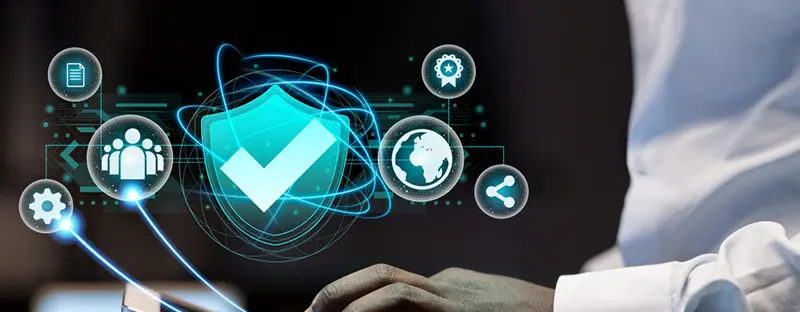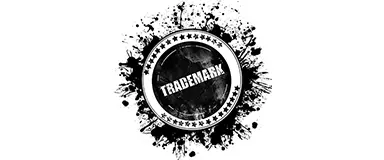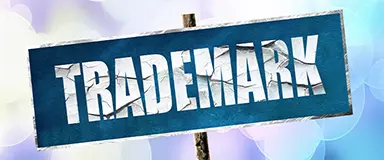Complete step-by-step guide to registering a trademark with the USPTO in 2025. Learn filing requirements, costs ($350 base fee), timelines (12-18 months), and maintenance requirements.
How Language Barriers Challenge Trademark Protection Abroad
Written by Emily Brooks ·

When Coca-Cola first spread to China, it almost encountered a linguistic roadblock. In anticipation of selling the popular beverage, anxious shops started creating their own signs by translating the phonetic pronunciation of "koka-kola" into Chinese characters that sounded the same. Unfortunately, this resulted in confusing store signs for a product named "bite the wax tadpole."
While translations can lead to silly mistakes, trademark protection is anything but silly. Coca-Cola was aware of this near disaster and officially registered its trademark with a phonetic equivalent roughly meaning "happiness in the mouth." The extra effort succeeded, and the company continued its history of successfully adapting to a global market and making its branding stay true to its roots.
Let's take a page from popular brands' books to delve into how language can dictate international brand protection.
Real-World Branding Blunders
Apart from the Coca-Cola example, other high-profile brands have learned about language barriers the hard (and expensive) way:
- KFC: The "Finger-Lickin' Good" motto was reportedly mistranslated to "Eat Your Fingers Off" in initial Chinese advertisements. It showcased that even entire phrases can transform drastically and horrendously in translation.
- Mercedes-Benz: The company's name when it initially entered the Chinese market was pronounced as "Bensi," which sounds like "rush to die" in Mandarin. Mercedes changed this to "Benchi," which has more positive connotations.
- Mitsubishi: "Pajero" is a vulgar term in Spanish. The company was forced to rename, rebrand, and readvertise the vehicle as "Montero" in Spanish-speaking markets. Since Spanish is the world's fourth-largest language by number of speakers, this was an endeavor that spanned continents.
While these international brands ultimately fixed their issues, and rather quickly at that, it came with additional costs. Smaller companies just entering their markets might face greater challenges. They don't have the brand awareness or the funding to recreate expensive ads or refile for trademark protection across different markets.
And the evolution of technology made the problem even worse. Coca-Cola's issue happened in 1927. In modern times, a brand entering a market and making a fool of themselves in this way will make the next day's news and be all over social media. It won't only sour the relationship of the brand to its potential customers abroad but might make it seem incompetent to its native audience.
How Language Matters in International Branding and Trademarking
At their core, trademarks have three crucial functions: legally protecting brand identity, helping consumers identify the company's offer from competition, and evoking specific emotions or thoughts when encountering the brand in advertising. When registering a trademark globally, the legal protection part may remain intact, but the user perception part can shift tremendously if done carelessly.
There are three important questions you need to ask when trying to protect your trademark internationally:
- Can components of your phrasing or naming translate inappropriately in another language?
- Does your trademark sound like problematic terms when pronounced in other languages?
- Does your trademark evoke unintended cultural references or slang meanings abroad?
The main issue here, however, is that translation or language influence checking isn't done automatically during trademark applications. Most trademark offices check applications only against legal criteria like distinctiveness and confusion with existing marks in that territory.
The Risks of Linguistic Oversight
When a trademark encounters language barriers, the consequences can be severe. Even if caught relatively soon after trademarking, businesses face:
- Extra Costs: Rebranding for specific markets involves new trademark applications, package redesigns, and advertising campaigns – together, potentially costing millions.
- Market Delays: Discovering issues late can delay market entry, allowing competitors that have done the due diligence a timing advantage.
- Branding Damage: With social media's global reach, news travels instantly, making your brand the subject of ridicule and undermining your global image.
- Consumer Rejection: Consumers rarely embrace brands whose names carry negative connotations in their language, regardless of success elsewhere.
These risks are even bigger in markets where consumers are already skeptical of foreign companies. In these environments, it could only confirm stereotypes about foreign businesses being culturally tone-deaf, which could lead to outright rejection and failures despite legally covering all your bases.
Preventing Cross-Cultural Trademark Fails
Protecting yourself from language mishaps abroad isn't just about filing the right paperwork. You need to ensure your name actually works in the places you plan to grow. That means taking a few extra steps before locking in a trademark for international use.
Start by digging into the local languages of your target markets. Look out for awkward translations or words that sound suspiciously like something you'd rather not be associated with. Better yet, talk to native speakers who can tell you if your brand name sounds odd, means something rude, or just doesn't land the way you think it does.
Next, test how your brand feels to real people in those markets. Try running focus groups with locals. Ask how the name sounds, whether the look of it (especially in different scripts) feels off, and if it reminds them of anything unexpected, whether that is good or bad. A name that sounds strong and trustworthy in English might sound silly or even offensive in another language.
Don't stop at a basic trademark search either. Go deeper. Run phonetic checks in the native language. Look at how your brand name would be spelled and pronounced in non-Latin alphabets. You might even want to consult local slang dictionaries or pop culture references. And if you're feeling out of your depth, a local trademark lawyer can be a huge help.
If a name just doesn't translate well, that's okay. Many brands create local variations that still feel like part of the family. Take a page from Mitsubishi's book: they renamed an entire model only for Spanish-speaking countries to avoid an embarrassing slang issue. You can also add simple words to help explain what your brand does or use logos and visuals that speak louder than words.
The bottom line is simple: a little language homework now can save you a branding disaster later.
What to Do?
Somewhat unfortunately, this isn't the fault of trademark offices, but of the process itself. Most national trademark offices don't examine applications for offensive meanings in foreign languages.
The USPTO will likely refuse marks that are scandalous in English but rarely evaluates meanings in other languages unless widely understood by American consumers. The Madrid System streamlines international registration greatly but doesn't have any additional screening requirements for language barriers. Each country applies its own linguistic checking criteria, which can vary wildly and be buried in fine print.
Trademarking gets even more complicated in markets using non-Latin or multiple scripts, which is a large part of the world considering that China, Japan, and India are huge markets by themselves. You'll need to decide whether to register your original trademark, a phonetic transliteration, a meaningful translation, or a combination of these. And each option carries different legal and marketing implications.
So, before you go to your registrar to file a trademark, make sure to consult trademark attorneys for a more thorough background check and legal assistance.


